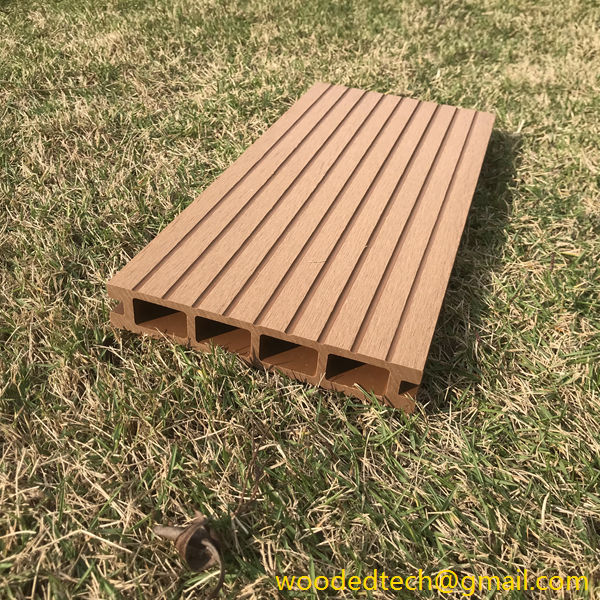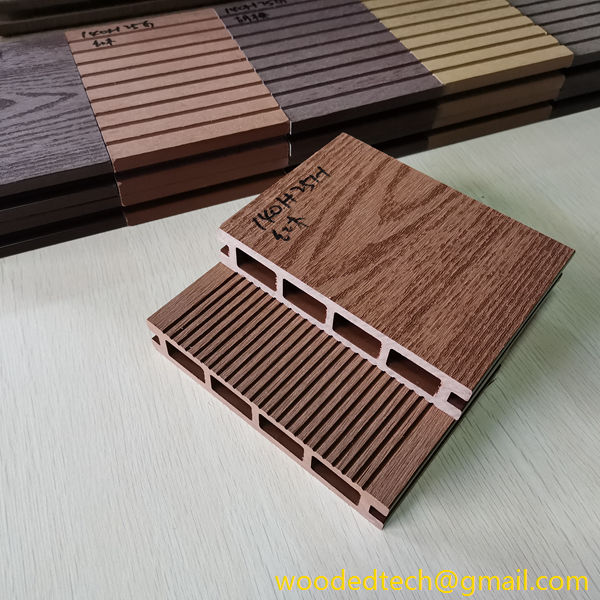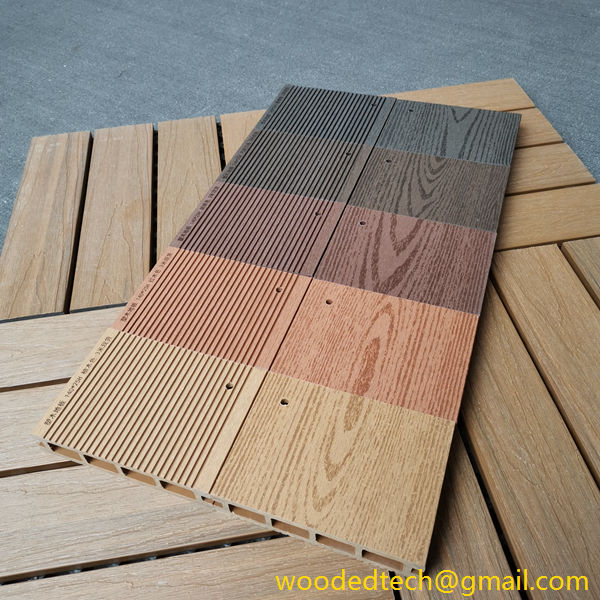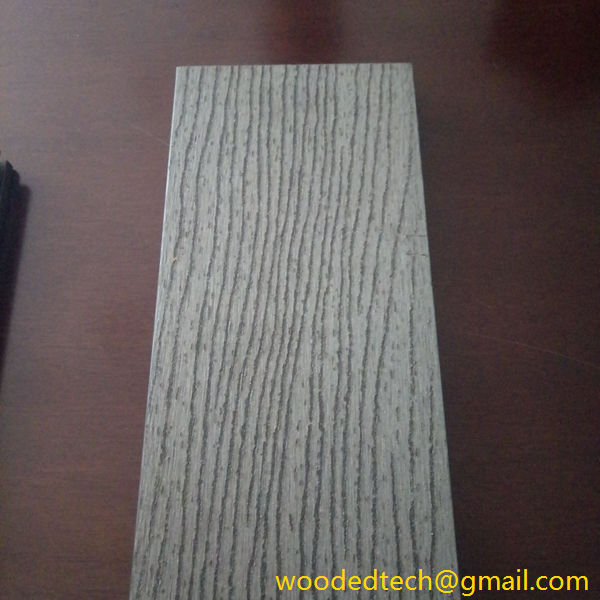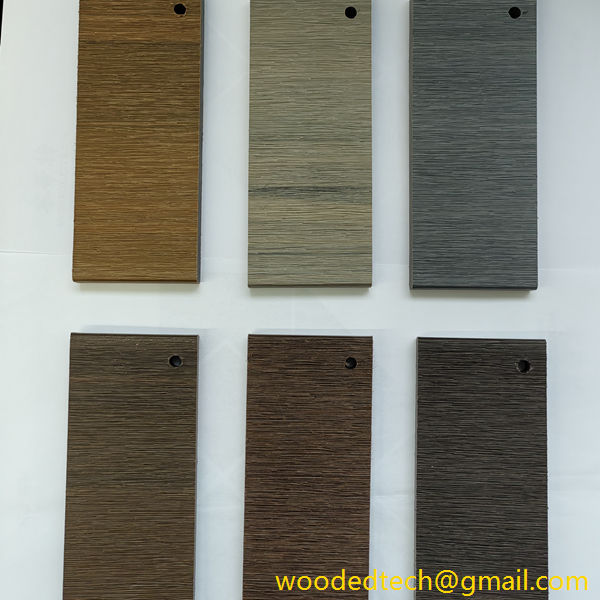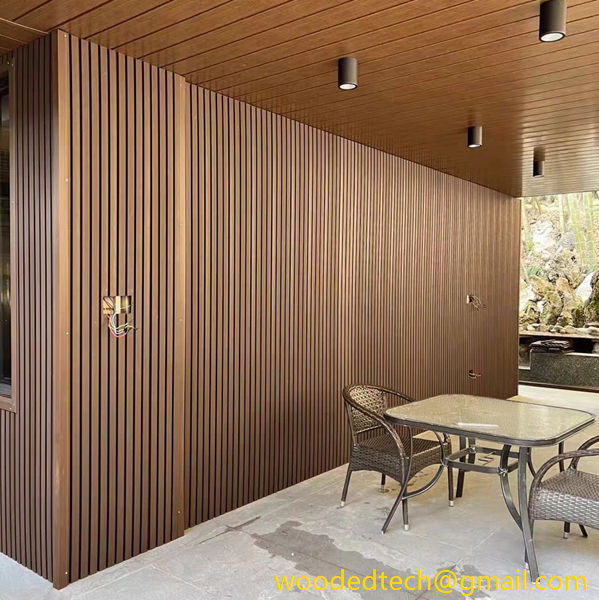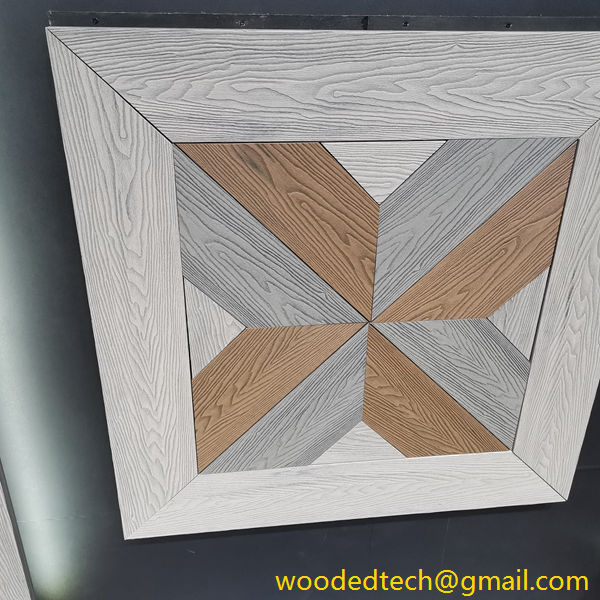What You Need to Know About WPC Decking Plastic HS Code for Import and Export
When considering the import and export of Wood Plastic Composite (WPC) decking, understanding the relevant plastic HS code is crucial for compliance with international trade regulations. HS codes, or Harmonized System codes, are numerical codes used to classify traded products and facilitate customs procedures. The classification of WPC decking under the appropriate HS code is essential for determining tariffs, duties, and regulatory requirements.
WPC decking is a material composed of a mixture of wood fibers or wood flour and thermoplastic resins. This combination results in a product that inherits the aesthetic appeal of natural wood while offering the durability and low maintenance of plastic. The production process of WPC decking involves several key steps, including material preparation, mixing, extrusion, cooling, and cutting.
The first step in the production of WPC decking is material preparation. The wood fibers or wood flour must be sourced and processed to achieve the desired size and moisture content. This step is crucial because the properties of the final product depend significantly on the quality and characteristics of the raw materials used. The thermoplastic resins, typically polyethylene or polypropylene, are also prepared in this stage.
Once the materials are prepared, they are combined in a mixing process. This involves blending the wood fibers and thermoplastic resins in a specific ratio to ensure the desired mechanical properties, such as strength and flexibility. Additives may also be included in the mix to enhance the performance of the final product. These additives can offer benefits such as UV resistance, color stability, and improved processing characteristics.
After the mixing process, the blended material is subjected to extrusion. In this stage, the mixture is heated and forced through a die to create the desired shape of the decking boards. The extrusion process must be carefully controlled to maintain a consistent temperature and pressure, ensuring that the materials bond effectively during shaping.
Following extrusion, the decking boards enter a cooling phase where they are cooled to solidify the shape. This step is critical to maintaining the dimensional stability of the product. Cooling methods may vary depending on the production facility, but they often involve air or water cooling systems.
Once the boards are cooled and solidified, they are cut to the required lengths and may undergo additional treatments, such as surface texturing or finishing. These finishing processes can enhance the aesthetic appeal of the decking, making it more attractive for consumers.
When it comes to trading WPC decking internationally, determining the correct HS code is vital. The HS code for WPC products typically falls under Chapter 39, which covers plastics and articles thereof. However, the specific code can vary depending on the exact composition and intended use of the decking. It is advisable for importers and exporters to consult customs authorities or trade experts to ensure they are using the correct code for their specific product.
Understanding the HS code for WPC decking is not only important for compliance with customs regulations but also for understanding market trends and pricing strategies. Different countries may impose varying tariffs on WPC decking based on its classification. Therefore, knowing the HS code can help businesses anticipate costs and make informed decisions regarding pricing and market entry strategies.
Additionally, importers should be aware of any regulatory requirements that may be associated with WPC decking in their target markets. Some countries have specific standards for environmentally friendly products, and WPC decking must often meet these standards to be eligible for import. This may include documentation related to the sourcing of materials, production processes, and environmental impact assessments.
In conclusion, understanding the plastic HS code for WPC decking is essential for successful international trade in this composite material. The production process involves several key steps, from material preparation to cooling and cutting, each playing a critical role in determining the final product’s quality and performance. By ensuring compliance with the correct HS code and associated regulations, businesses can navigate the complexities of importing and exporting WPC decking effectively. This knowledge is invaluable for maximizing opportunities in the global market while minimizing potential risks associated with customs and trade regulations.

